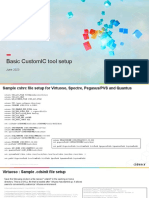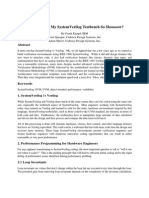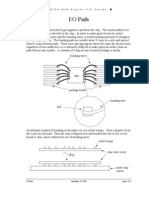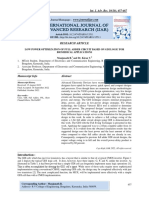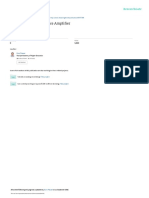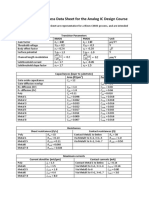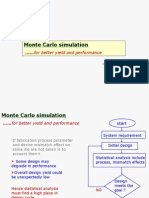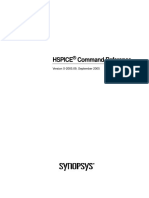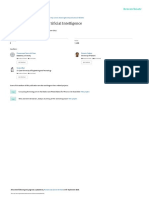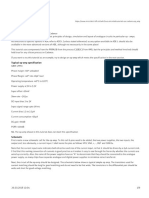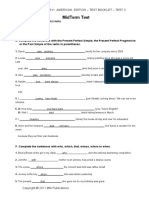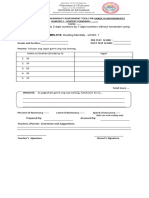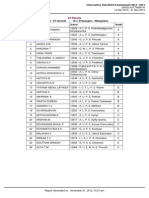100% found this document useful (1 vote)
565 views7 pagesSingle Stage Opamp
ok this is best file you can get
Uploaded by
p29180373Copyright
© © All Rights Reserved
We take content rights seriously. If you suspect this is your content, claim it here.
Available Formats
Download as PDF, TXT or read online on Scribd
100% found this document useful (1 vote)
565 views7 pagesSingle Stage Opamp
ok this is best file you can get
Uploaded by
p29180373Copyright
© © All Rights Reserved
We take content rights seriously. If you suspect this is your content, claim it here.
Available Formats
Download as PDF, TXT or read online on Scribd
/ 7










